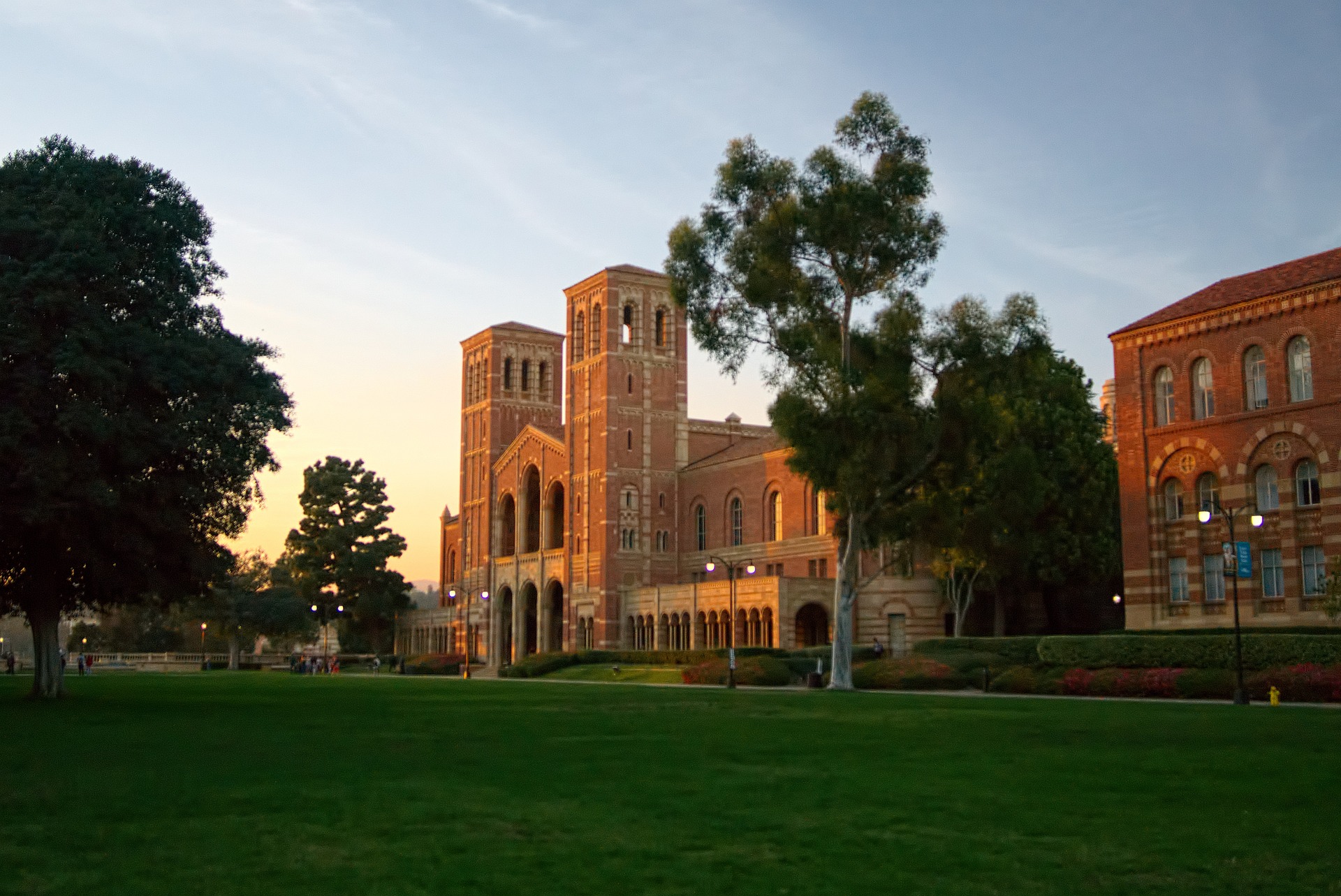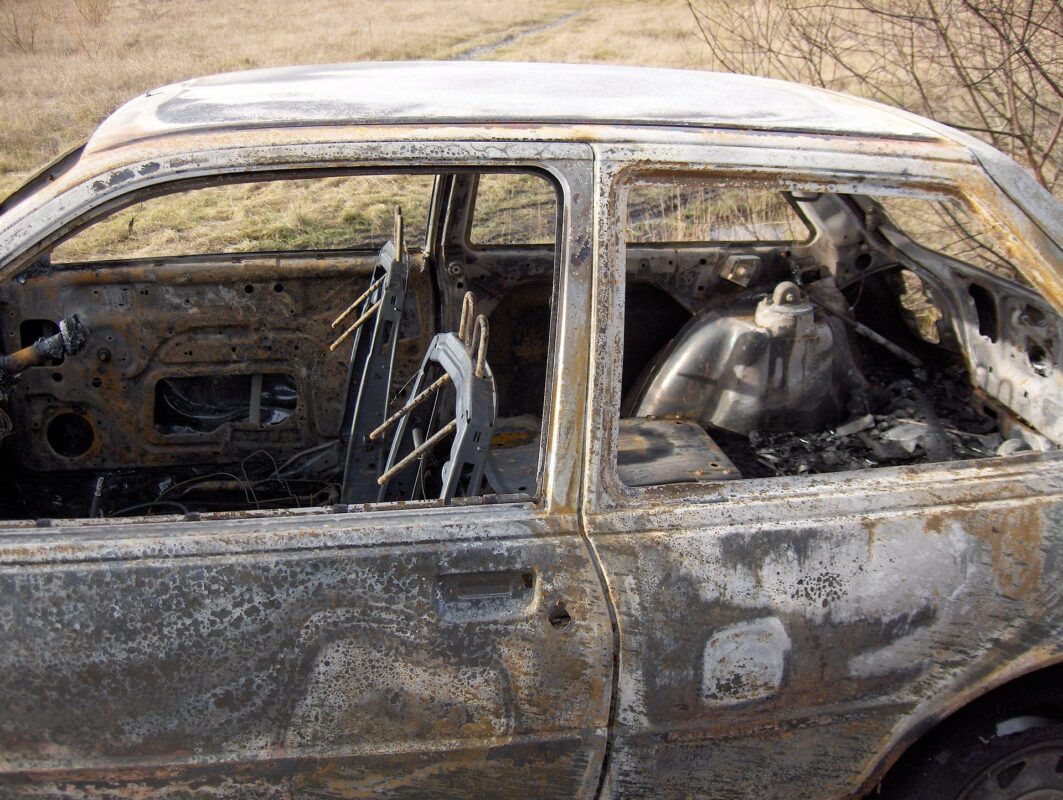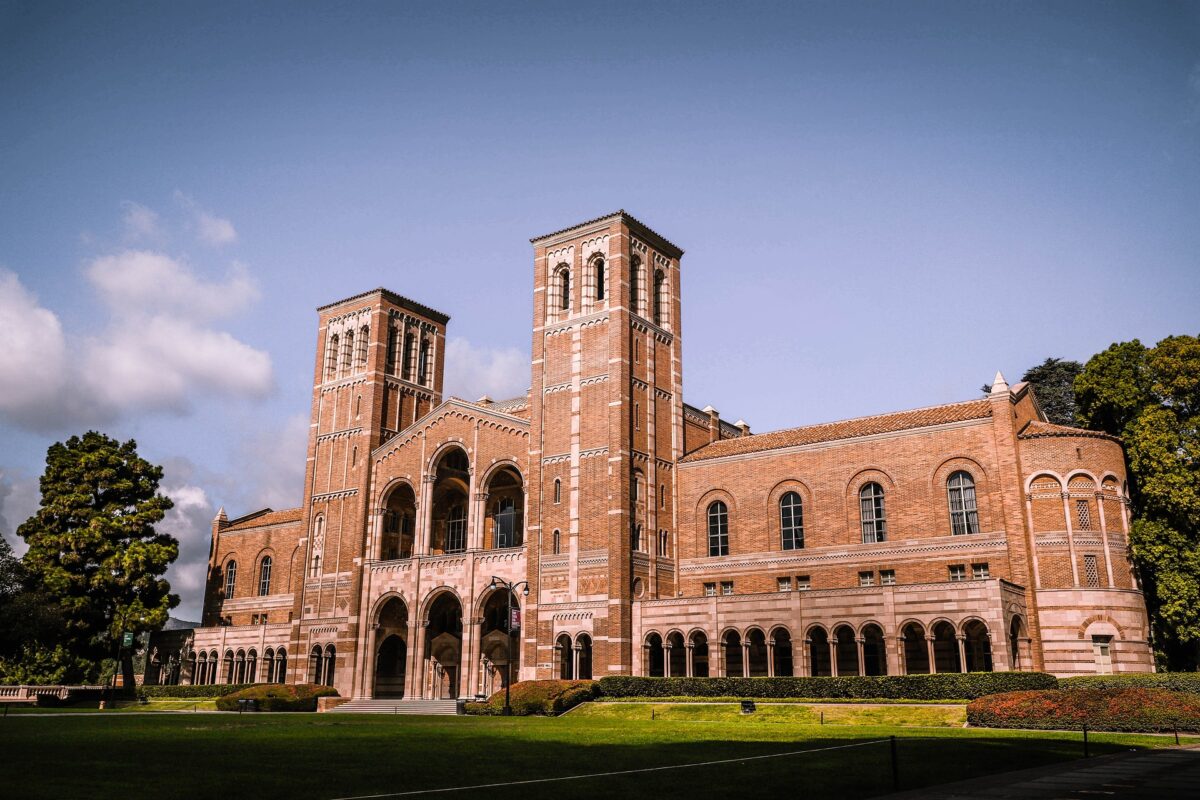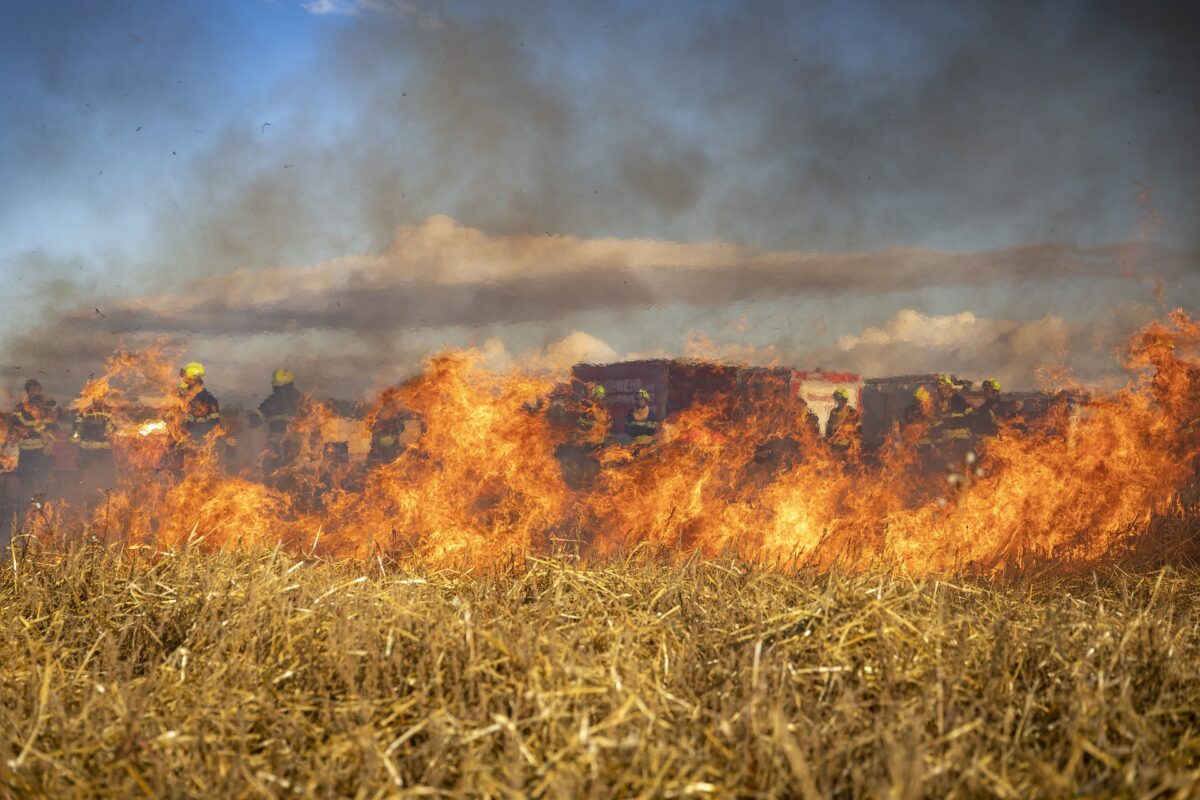
Blog
10,000 Buildings Damaged, Total Damage Exceeds 145 billion USD

Recent reports indicate that the ongoing disaster has caused significant damage, with over 10,000 buildings reported as damaged. The total financial impact is expected to exceed 145 billion USD. While the full extent of the destruction is still being assessed, experts are concerned that the repercussions will extend far beyond the immediate damage.

A Devastating Blow to Infrastructure
The extent of the destruction is staggering. As of the latest updates, over 10,000 buildings have been confirmed as damaged or destroyed, including residential properties, commercial buildings, and public structures. The UCLA campus is under a “state of high alert” and has been advised to prepare for evacuation. An evacuation advisory has also been issued for the Bel Air area located on the east side of Interstate 405. The damages are spread across multiple regions, and areas that were once bustling with activity are now left in ruins.
The economic toll is equally alarming. Experts predict that the total damage could easily exceed 145 billion USD, a sum that takes into account not only the immediate destruction of buildings but also the long-term costs related to recovery, rebuilding efforts, and the loss of business and productivity. This number continues to rise as more areas are assessed and the full scope of the disaster becomes clearer.

Expanding Impact and Wider Affected Areas
The disaster’s reach is broad, with the destruction continuing to spread to new regions. While the damage started in specific areas, meteorological conditions such as extreme heat, droughts, and high winds have caused the situation to worsen. Experts are concerned that the fire or disaster could expand even further, especially with climate conditions showing no signs of improvement. The temporary calm in the winds had provided a brief opportunity for firefighting efforts to make some progress. However, according to the U.S. Storm Prediction Center, dry winds are expected to intensify the fire and are likely to continue until the first half of next week, putting millions of people at risk.
In addition to the physical destruction of buildings, the situation is threatening critical infrastructure, including power grids, water supplies, and transportation networks. These vital systems are integral to the functioning of communities and the economy. If they are compromised or destroyed, the impact on local residents and businesses could be even more severe.

Secondary Damage
The large-scale wildfire in Los Angeles has forced many residents to evacuate. In the evacuation areas, crimes such as burglaries and thefts have occurred, raising concerns about the deterioration of public safety. While the exact financial damage has not been disclosed, reports indicate that at least 20 people have been arrested in connection with theft and looting. A curfew has been imposed from 6 p.m. to 6 a.m. the following day, with increased patrols and security by police officers.
Conclusion
This fire was triggered by a combination of extreme weather conditions and climate change. The dry, hot winds fueled the flames, while rising temperatures and prolonged droughts, driven by climate change, have created an environment where wildfires are more likely to occur. As these events become more frequent and intense, it is crucial to focus on environmental protection efforts. Reducing emissions, preserving natural ecosystems, and implementing sustainable practices are essential in mitigating the impacts of climate change and preventing future disasters like this one. Protecting the environment is not only about preserving nature, but also about safeguarding human lives and infrastructure from such catastrophic events.
At Carbon Da Capo, we support climate initiatives and technologies by connecting with organizations to create carbon credits. We also offer verified carbon credits to help support your corporate strategies. Let’s work together to contribute to a safer climate future!
